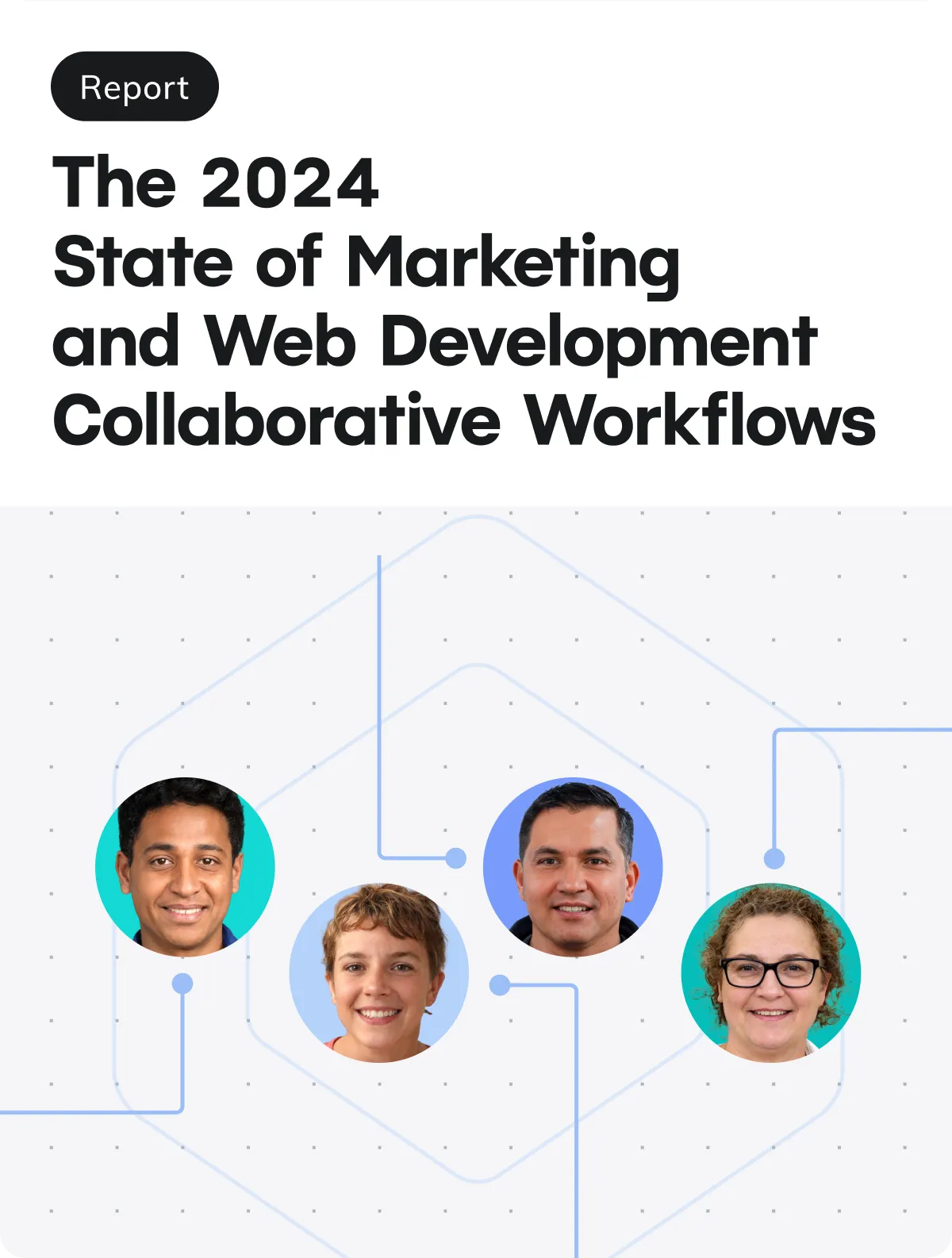If there’s any digital agency that understands the pain points faced by retailers in e-commerce, it’s Seattle-based Assemble. Since 2010, Assemble has worked exclusively in the retail tech space. Assemble has seen first-hand the benefits of adopting a composable commerce approach in the IT architecture for a consumer-facing online store.
The benefits of adopting a composable commerce approach
A Netlify partner, Assemble has worked with dozens of brands to help them to build websites that are free of the constraints imposed by the templates and layouts of monolithic platforms. Assemble educates retail firms on the value of adopting a best-in-class strategy that carves a path for them to curate the ideal apps and components for their e-commerce presence.
A headless or composable approach is a driving engine behind many brands scaling quickly and efficiently. According to Salesforce’s State of Commerce report, 77% of organizations who use a headless architecture said that it gives them greater agility, allowing them to make changes to their storefront more quickly.
Driving agility and efficiency with a composable architecture
In a conversation with Netlify, Assemble CTO and founder Jeremy Norberg and VP of Design Keith Karlick spoke openly on the challenges some retailers face when they strengthen their e-commerce strategy and why composable — and working with Netlify — offer the flexibility and performance optimization those brands seek.
Karlick outlines one of the key areas where retail brands found value in adopting composable architecture. “Speed of business. That’s especially important in the apparel world, where they could be turning over 75% of a product line every six months, and they need updates to merchandising and marketing and copy changes to videos and product descriptions. With such a turnover, they need to adopt new technology very quickly.”
Modular software architecture increases the speed of innovation
What he’s seen across the board is that when retailers switch to a composable architecture, they enjoy a few points of conversion increase “based on performance alone. The checkout component could be the latest and greatest, which may have an impact on performance.” He says that when brands can move away from monolithic systems, they can think differently about ushering in new innovations into their stack without worrying about needing to purchase an entirely different platform.
“Two years ago, SMS marketing wasn’t a trend,” Karlick adds, “and now it’s prolific and that happened because of COVID which accelerated the technology, which made retailers online recognize how their email marketing platform needs to integrate with SMS.”
Assemble has noticed that a particularly confounding pain point for retailers is inventory management, Karlick says. In an omnichannel environment, a retailer could have inventory online and in-store but those systems may be disconnected. “Composable allows for an easy integration between the two, and access to inventory will always be critical for retailers who want expediency in getting items to customers,” he notes.
Another key advantage of composability is the accommodation for an array of customization options to create a unique commerce experience for customers, which is difficult to bring into a legacy platform that might not be as flexible as a modular system.
Norberg points out a key challenge facing many retailers: returns. According to a 2022 report from the National Retail Federation, total returns account for $816 billion in lost sales for U.S. retailers annually. When looking at the six month product cycle that Karlick mentioned, a composable approach can minimize the impact of returns due to the advanced components retailers can slot into their tech stack which may slow down the rate of return, Norberg says.
He also details the technical side of how they engineer a composable approach for clients. They frequently use React View, a set of tools that aims to close the gap between users, developers and designers of component libraries. They have deep experience with React and use Next.js or Gatsby, two React-based open source frameworks for most projects. From a deployment perspective, Assemble’s go-to is Netlify because, as Norberg says, “we love zero dev-op and Netlify gives us that opportunity. We can do stuff before it gets to the client, since, after all, we hate to deploy if we don’t have to.”
Enhancing employee engagement with a headless web app
Karlick cited the case study of a Fortune 5 technology company with multiple offices globally who engaged Assemble to develop a headless web app aimed at enhancing employee engagement with the company’s private transportation system. The primary objective of the program was to minimize the use of single occupancy vehicles and reduce fuel emissions amongst employees. Assemble helped them decouple their frontend for two main reasons: Mobile is by far the primary device given the purpose of the app, a headless tech stack continues to provide flexibility and manage total-cost-of-ownership. Second, the customer experience required substantial integrations with secure corporate infrastructure as well as publicly available APIs from ride sharing services and public transit.
Even in a post-COVID world, the app is in use today by thousands of employees daily who are commuting to offices globally.
Both Karlick and Norberg espouse another vital benefit of adopting composable: freedom of choice. “This approach gives you the ability to quickly adopt new technologies even if they are in their experimental phase,” says Karlick, “and compared to most legacy systems where you might be forced into using subpar features because they are included in the platform and the cost to change is substantial. That’s no longer a quick experiment.”
Many of the stories told about composable architectures are stories about upstart companies leveraging technology to stand out in a crowded market. That is true. But it’s not the whole story.
Assemble’s experience shows that the biggest companies in the world are leveraging composable architectures because it is the only option to provide their customers with a truly excellent experience.







